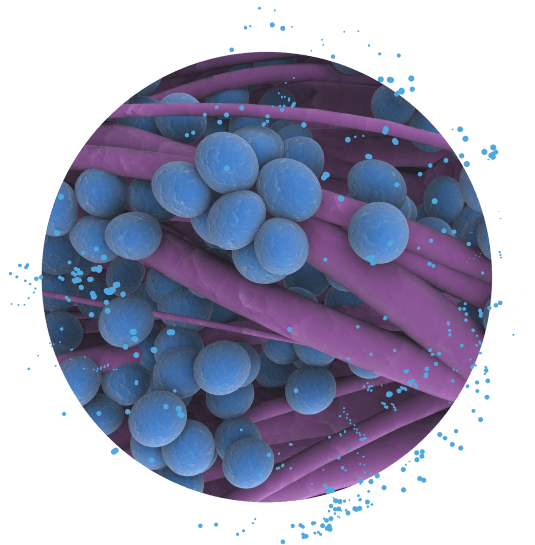The completion of the Human Genome Project (HGP) has allowed people to comprehensively read the ancient language of life engraved on human DNA for the first time, laying the foundation for understanding humans and individuals through DNA sequencing. So far, the human genome sequence has not been fully deciphered, and exploring the secrets of gene coding around the central dogma remains the mission and aspiration of successive scientists.
Linaxin Biological Nanopore Gene Sequencer supports direct sequencing of raw DNA templates without amplification or preference, cDNA sequencing, and short and long DNA sequencing. By using Linaxin's biological nanopore gene sequencing technology to explore the secrets of gene coding, you can achieve:

Single nucleotide polymorphism sites (SNPs) and insertion/deletion sites (InDel) are directly related to numerous types of tumors and genetic diseases, and are representative biomarkers of human geographic or phenotypic features such as ancestral information and specific phenotype information. SNP/InDel detection is widely used in genetic disease and tumor research, population research, forensic identity information identification, and other scenarios. Using nanopore sequencing to identify SNP/InDel in the human genome and explore the potential for further association between SNP/InDel and diseases and phenotypes.

Structural variations generally exceed 50bp, including deletions, duplications, inversions, translocations, and complex recombinations. Their types and sizes are extremely diverse. Previous studies have shown that structural variations are associated with various human diseases, such as cancer, autism, Alzheimer's disease, etc. According to the most comprehensive cancer genome meta-analysis conducted by the Genome Wide Omnicancer Analysis (PCAWG) consortium to date, 17.8% of tumors exhibit complex chromosomal rearrangements and 22.3% exhibit chromosomal fragmentation. Accurately identifying structural variations is crucial for further understanding the characteristics of the genome, diagnosing or treating related diseases. Due to the limitation of short read length, traditional sequencing technology has a large number of false positives and false negatives in analyzing structural variations, so the research on structural variations is still in its early stages. Using nanopore long fragment sequencing technology to more comprehensively and accurately analyze complex region information and explore the value of structural variation.

Monotype is a tightly linked region on the genome that generally does not undergo recombination and tends to be inherited as a whole to offspring. Obtaining individual target area haplotype information is beneficial for analyzing the source of genetic mutations (such as identifying individuals carrying compound heterozygous mutations, whether the two mutations come from parents or the same person), studying the haplotype composition of the population, and greatly promoting the molecular mechanism analysis and clinical diagnosis and treatment of diseases. Traditional sequencing techniques for analyzing haplotypes generally rely on population frequency calculation or short fragment assembly, which have the drawbacks of high complexity and poor accuracy. By using nanopore long fragment sequencing technology, it is easier to obtain haplotype information of the target region.

Differential gene expression, variable mRNA splicing, and fusion gene expression are directly related to diseases. In the past decade, traditional RNA sequencing technology has become an indispensable tool for transcriptome research. However, due to the limitation of short fragments (especially when different genes have similar sequence information), traditional sequencing technology is difficult to obtain comprehensive and accurate information when identifying full-length transcripts and different isoforms produced by mRNA variable splicing. By using nanopore long fragment sequencing technology, more comprehensive and accurate information on full-length transcripts and different isoforms can be obtained. Combined with single-cell sequencing technology, single-cell level transcript features can also be obtained.
Due to the advantages of nanopore gene sequencing technology, such as no need for fragment amplification, long sequencing fragments, fast sequencing speed, compact and portable instruments, and low cost investment, and the fact that the technology is still in a stage of rapid development and progress, it has unlimited application potential and development space in the future. Therefore, why not take a step forward and start developing new applications or methods based on the Linaxin nanopore sequencing platform?